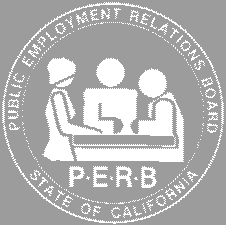How Accurate are BLS Statistics on Union Membership?

Earlier this week I did a post on the 2019 union membership statistics from the Bureau of Labor Statistics (BLS). According to the BLS, in 2019, 35.37% of all state and local employees were members of a union, while 38.68% of all state and local employees were represented by a union. If you do the math, that means the union membership rate is 91.4%. That seems really high to me. I would have guessed the average union membership rate at between 60%-80%.




